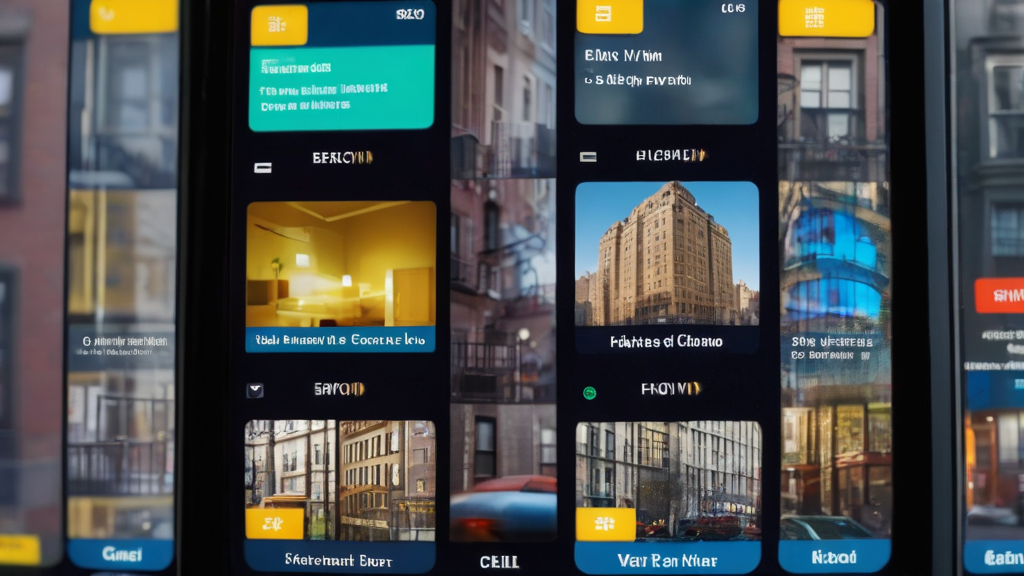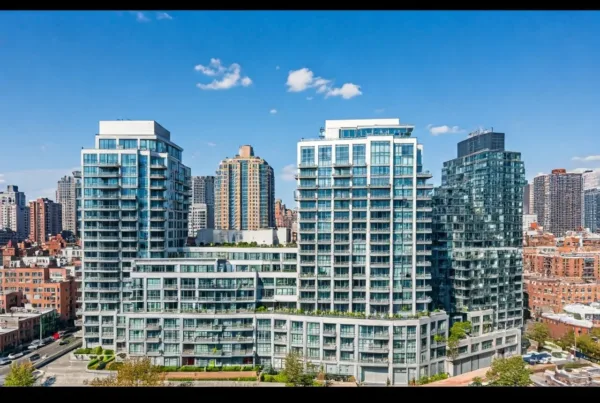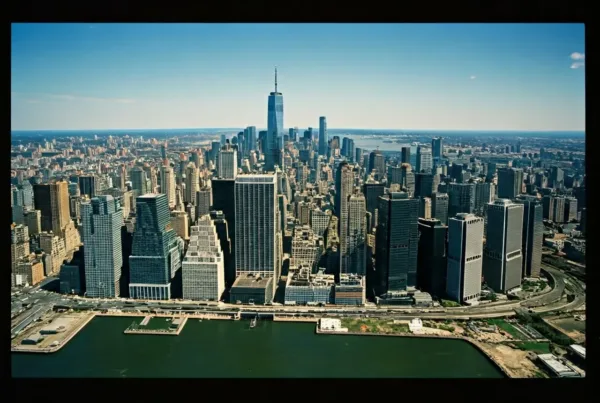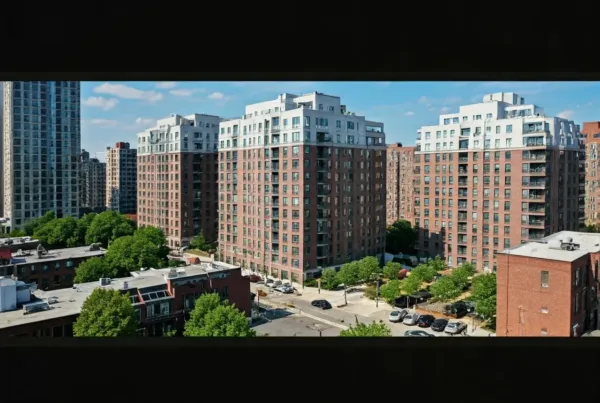Economic growth driving construction
Economic growth in New York City is a major factor behind the surge in new construction projects. The city’s economy is thriving, attracting investors and developers to build more residential and commercial properties. This growth is creating job opportunities, increasing demand for housing, and driving the need for more office and retail spaces. As a result, the construction industry is booming, with cranes dominating the skyline as new buildings take shape across the city.
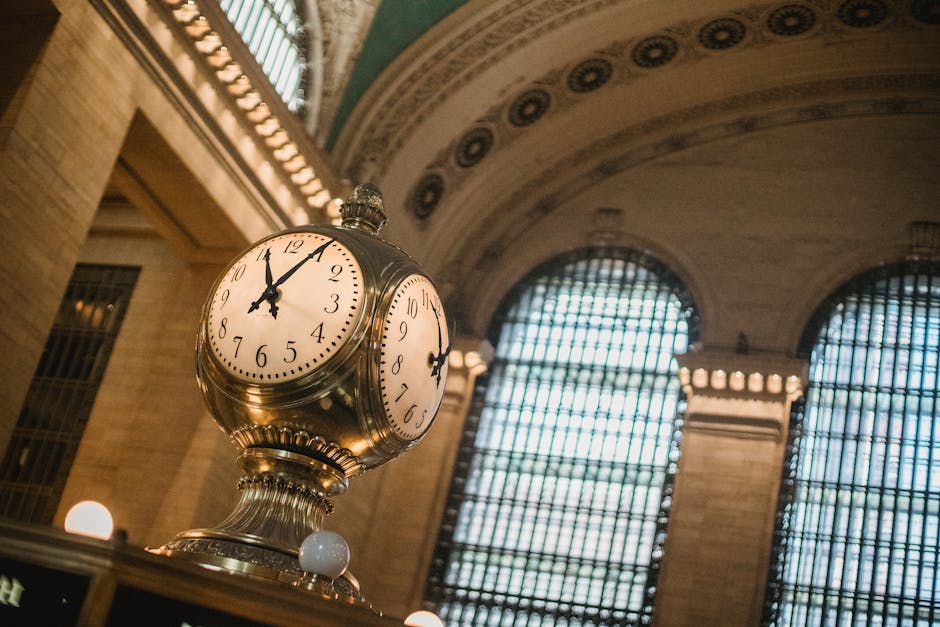
Demand for housing in New York City
People want to live in New York City because of its opportunities and attractions. As more people move in, the demand for housing increases. This leads to a boom in new construction to accommodate the growing population.
Infrastructure development initiatives
Infrastructure development initiatives in New York City have been pivotal in driving the current boom in new construction. The city has been investing heavily in projects like subway expansions, bridge renovations, and public space enhancements. These initiatives aim to improve transportation, connectivity, and overall quality of life for residents and visitors. Investing in infrastructure not only improves the city’s functionality but also attracts developers and investors looking to capitalize on the growing urban landscape. The focus on infrastructure development is a key driver behind the surge in new construction projects across the city.
Impact of gentrification on construction boom
Gentrification plays a significant role in the construction boom in New York City. As affluent individuals move into neighborhoods, developers see an opportunity to build new properties. This influx of wealth leads to increased demand for upscale housing, resulting in a surge in construction projects. Gentrification, therefore, contributes to the expansion of new buildings in the city.
Architectural trends shaping new constructions
Architectural trends are influencing the design of new constructions in New York City. Developers are embracing modern elements like glass facades and green spaces, aiming to create sustainable and visually appealing buildings. Open floor plans and energy-efficient features are also becoming more popular, reflecting the demand for comfortable and environmentally friendly spaces. Additionally, there is a focus on mixed-use developments that combine residential, commercial, and recreational elements to meet the diverse needs of urban dwellers.
Technological advancements in construction industry
Technological advancements in the construction industry have played a significant role in the boom of new construction in New York City. By using innovative tools and techniques, construction companies are able to build faster, more efficiently, and with higher precision. Some of the key advancements include the use of 3D printing for creating building components, drones for surveying and monitoring construction sites, and Building Information Modeling (BIM) for better project coordination. These technologies have not only improved the speed and quality of construction projects but have also attracted investors looking for modern and efficient buildings in the bustling city.
Sustainable construction practices
Sustainable construction practices focus on minimizing the impact of building projects on the environment. Builders utilize eco-friendly materials, energy-efficient designs, and waste reduction techniques to create structures that are both durable and environmentally friendly. Some common sustainable practices include using recycled materials, optimizing energy consumption through efficient insulation and lighting, and implementing green roofing systems to reduce heat absorption. Sustainable construction not only benefits the environment but also helps lower energy costs for building owners in the long run.
Government policies encouraging development
Government policies play a significant role in the boom of new construction in New York City. The city has implemented various incentives and regulations to promote development. These policies include tax breaks, zoning changes, and streamlined construction permitting processes. Developers can take advantage of these measures to make their projects more financially viable and attractive. As a result, there has been a surge in new construction projects across the city, contributing to the urban landscape’s transformation and economic growth.
Challenges faced by new construction projects
Delays in obtaining permits can slow down construction projects significantly. Building codes and regulations in New York City are strict, and meeting all the requirements can be time-consuming. Site access is another common challenge faced by construction projects, especially in densely populated areas like New York City. Limited space can make it difficult to transport materials and equipment to the site efficiently. Additionally, unexpected financial setbacks can arise during construction, leading to budget overruns and delays in project completion. It’s crucial for developers to plan and account for these challenges to ensure the success of new construction projects in the city.
Future outlook for construction in New York City
Construction in New York City is expected to continue growing in the coming years. 2021 saw a rise in new building projects, and this trend is predicted to carry on. The demand for housing and commercial spaces in the city remains high, leading to a positive outlook for the construction industry. Investors are showing confidence in the market, and developers are keen on seizing opportunities for new projects. As a result, the construction sector in New York City appears promising with more developments on the horizon.

